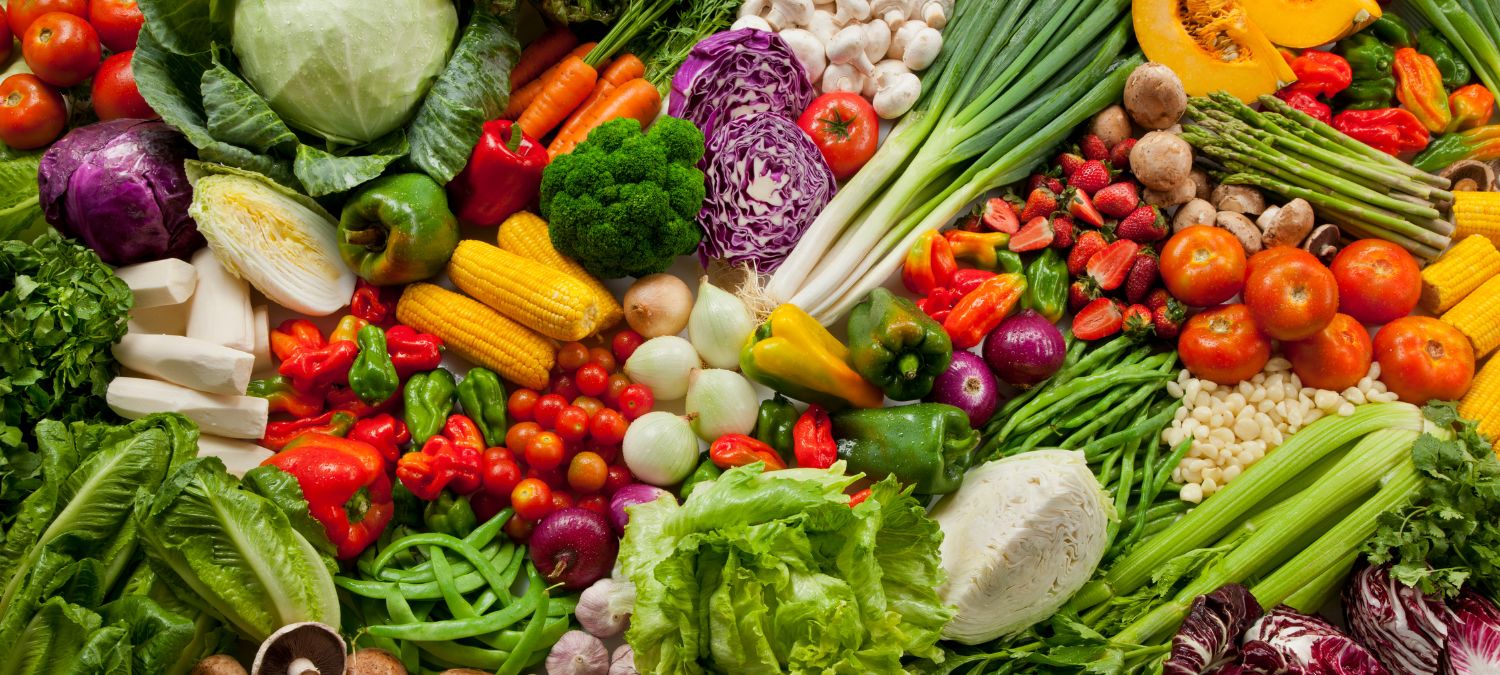Have you ever found yourself at a loss for what to call a particular fruit or vegetable? If you’re like most people, the answer is probably “no.” But that wasn’t always the case. Before we had labels like “apple,” “orange,” and “carrot,” we used botanical names to identify plants.
And if you want to be able to identify fruits and vegetables without even looking at them, you need to know about their botanical names. In this blog post, we will teach you about the basics of botanical names and how to use them to identify fruits and vegetables. By the end, you will be able to determine which one is a fruit and which one is a vegetable with ease.
Table of Contents
What is a Fruit and What is a Vegetable?
A fruit is a sweet, edible plant that contains seeds.Examples of fruits are apples, bananas, and pears. A vegetable is a type of food that doesn’t contain seeds. Examples of vegetables are asparagus, carrots, and broccoli.
The Different Types of Fruits and Vegetables
There are many different types of fruits and vegetables, so it can be hard to determine which one is which. Here are a few tips to help you out:
Fruits
Apples, bananas, pears, oranges, grapefruit
Vegetables
Asparagus, broccoli, Brussels sprouts, cauliflower, carrots
How to Tell the Difference Between a Fruit and a Vegetable
If it looks like a fruit and tastes like a fruit, it’s probably a fruit. If it’s round or elongated and has a smooth skin, it’s probably a vegetable. Veggies typically have thicker skins and don’t necessarily look like fruits or vegetables.
The Benefits of Eating Fruits and Vegetables
A fruit is a sweet, succulent and often tart tasting vegetable that grows on a tree or shrub. Fruits are an important part of a healthy diet because they provide essential vitamins, minerals and fiber. Generally, fruits and vegetables have different nutritional values. Here are some benefits of eating fruits and vegetables:
Fruits contain antioxidants, which help protect the body from damage caused by free radicals.
Vegetables are low in calories and can help you maintain your weight.
They provide essential vitamins and minerals such as vitamin C, potassium, magnesium, folate and vitamin B6. These nutrients help to keep the body healthy and prevent diseases such as cancer.
Conclusion
It can be difficult to determine which fruits are vegetables and which ones are fruits. Here are a few tips that will help you make the distinction: Fruits are usually Round, Shapely, and Somewhat Dense. Vegetables areusually Cylindrical or Oval inShape with Few or No Seeds on the Bottom, and They May Be Green or Brown inColor.
